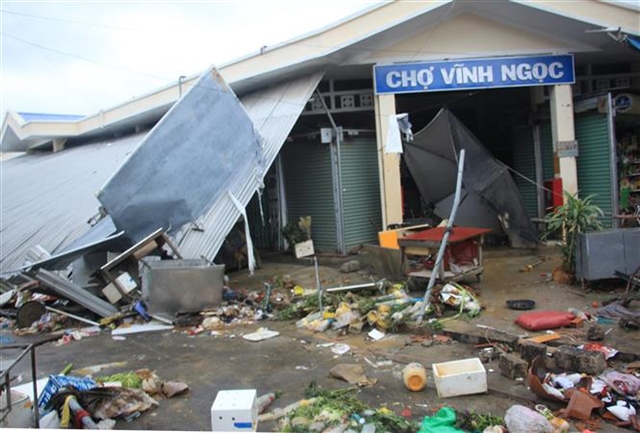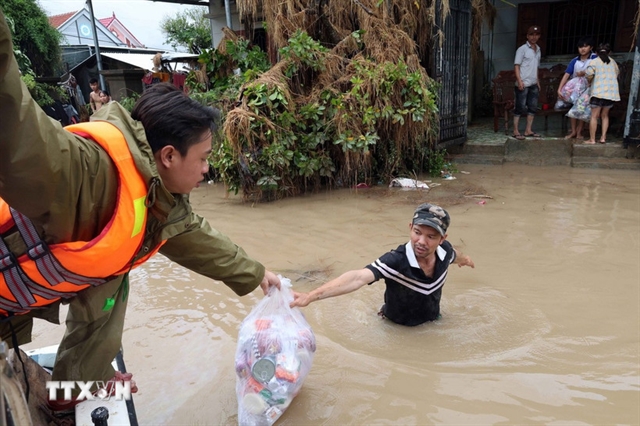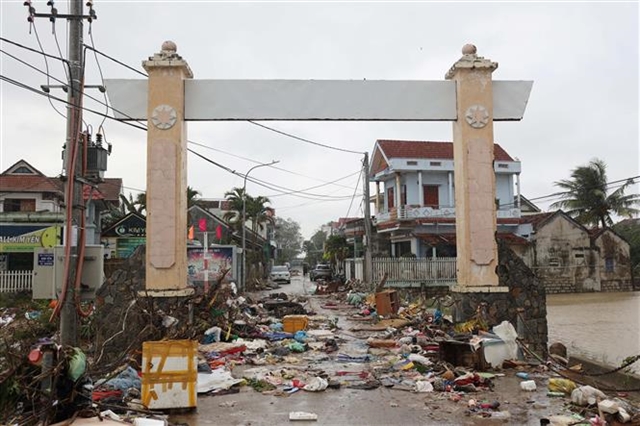 Society
Society

 |
| A dialysis patient at the Hồ Chí Minh City Hospital of Rehabilitation and Occupational Disease.— Photo nld.com.vn |
HCM CITY — Many hospitals in HCM City have been operating their dialysis machines at full capacity due to a surge in the number of patients requiring treatment.
According to statistics from the Health Department of HCM City, the number of people requiring routine dialysis has risen by over 1,000 in the past five years, with the current figure standing at 4,254.
Despite having 47 health facilities that use haemodialysis techniques, the increasing number of patients has meant that most hospitals run their dialysis machines around the clock to meet daily demand.
The People's Hospital 115, which has the highest number of dialysis machines in the city, has been particularly affected by the surge in patients requiring treatment.
Speaking to Người lao động (Labourers) newspaper, Trần Văn Sóng, deputy director of the hospital, said there are 40 dialysis machines. To meet the demand of the patients, the hospital has to arrange four shifts to serve dialysis patients a day.
The number of periodic patients coming to the hospital for routine dialysis is 235, he said.
Trần Văn Khanh, director of Lê Văn Thịnh Hospital, said the hospital currently has 35 dialysis machines. The machines have been run in three shifts per day to meet the demand of the patients.
It is estimated that nearly 200 periodic patients are coming to the hospital for routine dialysis.
Due to the increased demand of the patients, the hospital plans to put an additional three dialysis machines into operation by the end of this year, he said.
Trần Văn Tiến, head of the Artificial Kidney Unit under the Hồ Chí Minh City Hospital of Rehabilitation and Occupational Disease, said the hospital now has 23 dialysis machines, serving a total of 110 patients, excluding emergency dialysis cases.
"The demand for dialysis has recently increased sharply,” he said.
One year ago, the number of dialysis patients was only 50, but now the number has more than doubled, he said.
A doctor at Thống Nhất Hospital's Artificial Kidney Department said the department had treated nearly 200 dialysis patients.
Every day, the hospital’s dialysis machines have been run in three shifts to serve the demand of the patients.
Moreover, the doctors and nurses in the department have to work continuously from 5am to 6pm daily.
Many hospitals’ dialysis machines are overloaded, he said.
Investing in district-level hospitals
In response to the situation, officials of the city’s health department recently organised a meeting with leading hospitals’ representatives and experts in the field of dialysis to discuss and quickly assess the demand for dialysis patients and the capacity of local hospitals.
Through the meeting, experts warned that if the number of hospitals implementing dialysis techniques and the number of dialysis machines do not increase in the coming time, the risk of dialysis overload at local hospitals is unavoidable.
Therefore, the experts suggested that the city should strengthen the network of medical facilities to serve dialysis patients.
It is advised to prioritise investment from the local budget or have mechanisms and policies to mobilise other resources to deploy haemodialysis techniques at all district-level hospitals.
In a related move, Võ Ngọc Cường, deputy executive director of Bình Chánh District’s Hospital, said that starting from the second quarter of this year, the hospital will run six dialysis machines. — VNS




